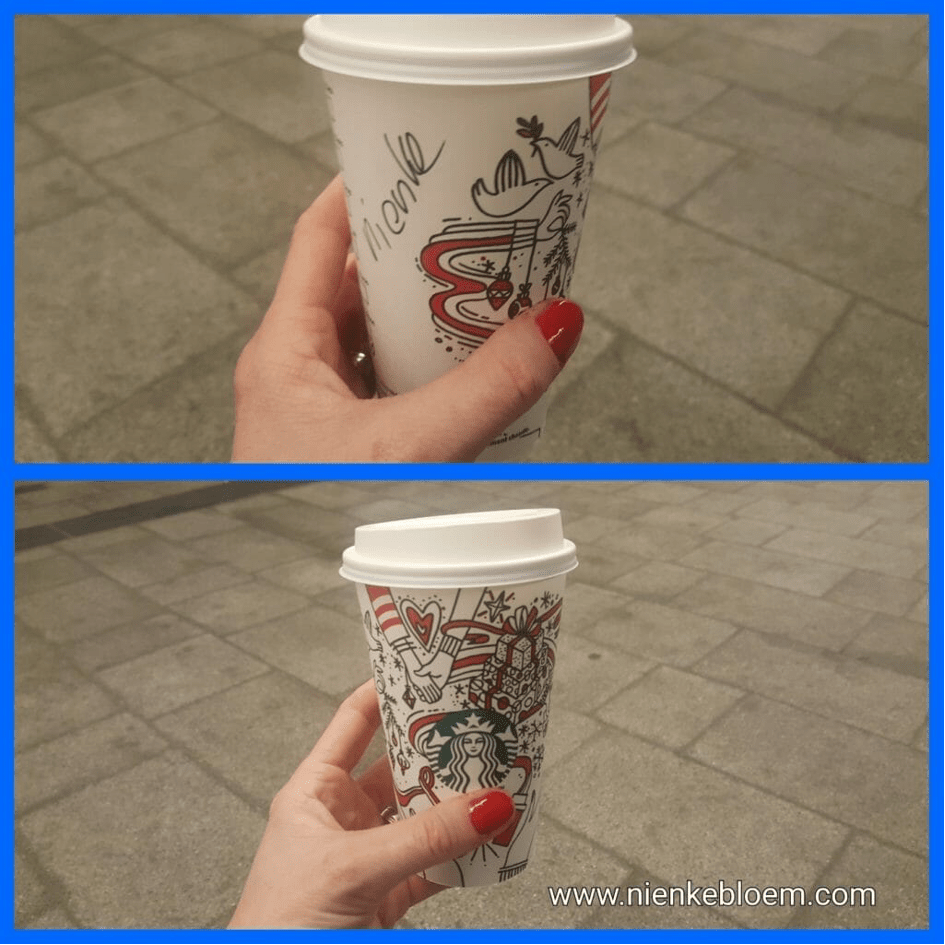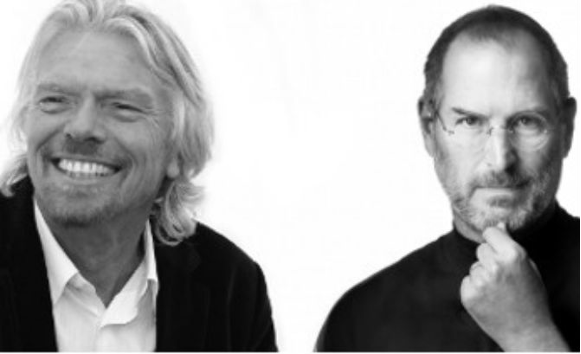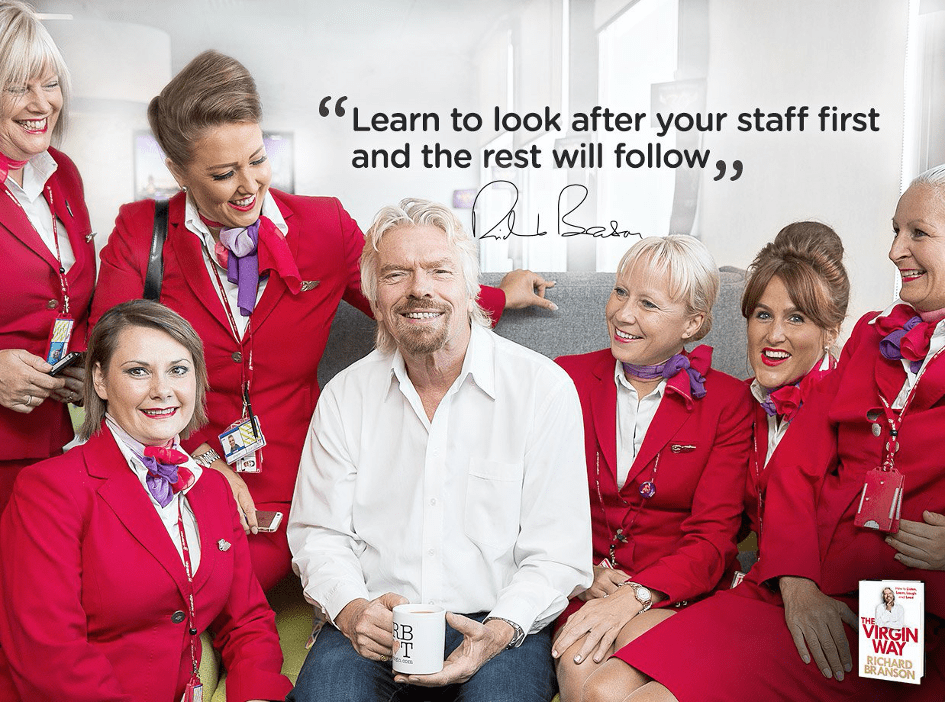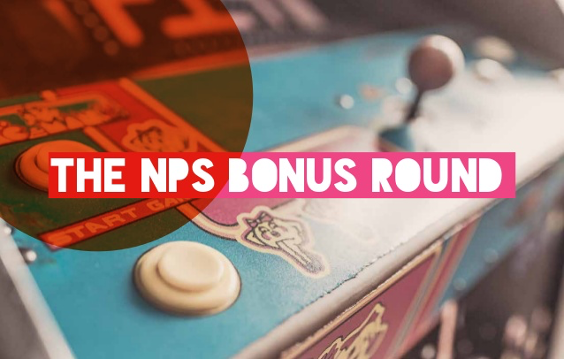Measurement is a mean to an end, not a goal itself
Have you ever heard the following while being asked to fill out a survey: “Please give us a 9 or 10 rating to let us know you are satisfied with us”? Or have you ever heard: “When we formulate the question differently, we can improve our score” inside your company? When these questions arise, you can easily perceive that the people designing these questions are not looking to gain better insights so they can enable the organization to provide a better customer experience, they just want to have a better survey outcome.
What is the best way to translate customer perception of the experience into measurable and actionable metrics, without focusing too much on the metric itself?
Define and use a proven measurement framework
There is a wide variety of metrics which you can use to gauge the customer experience as perceived by your customers and they can be observed or measured at different moments of the experience.
How can you easily set-up a measurement system which informs the entire organization about the experience you are delivering, and at the same time helps you in driving customer excellence?
Start by following these 5 easy steps:
1. Define what you want to measure and when.
- Relational surveys are about your company and/or brand as a whole. Once every month, quarter or year, you can ask your customers feedback about their perception of your organization or brand in general.
- Transactional surveys focus on how the latest contact with the company was. Were the customers satisfied about the order process, the delivery times and the end product?
2. Measure what you want to know.
Forrester identifies 3 types of metrics:
- ‘Descriptive’ metrics tell you what really happened. How long did a customer have to wait until a call centre employee answered their call?
- ‘Perception’ metrics measure how the customer thinks and feels about what happened. It may take you only 20 seconds to answer the phone but the absence of any message when waiting may make the customer perceive that they waited much longer. In contrast, it may take you 40 seconds to answer but great music whilst waiting may make the customer perceive the waiting time as much shorter. A customer feels more frustrated that a problem has still not been resolved following several promises that it would be.
- ‘Outcome’ metrics describe what a customer does as a result of their perception of the experience you delivered. Will they purchase from your company again or will they recommend your service?
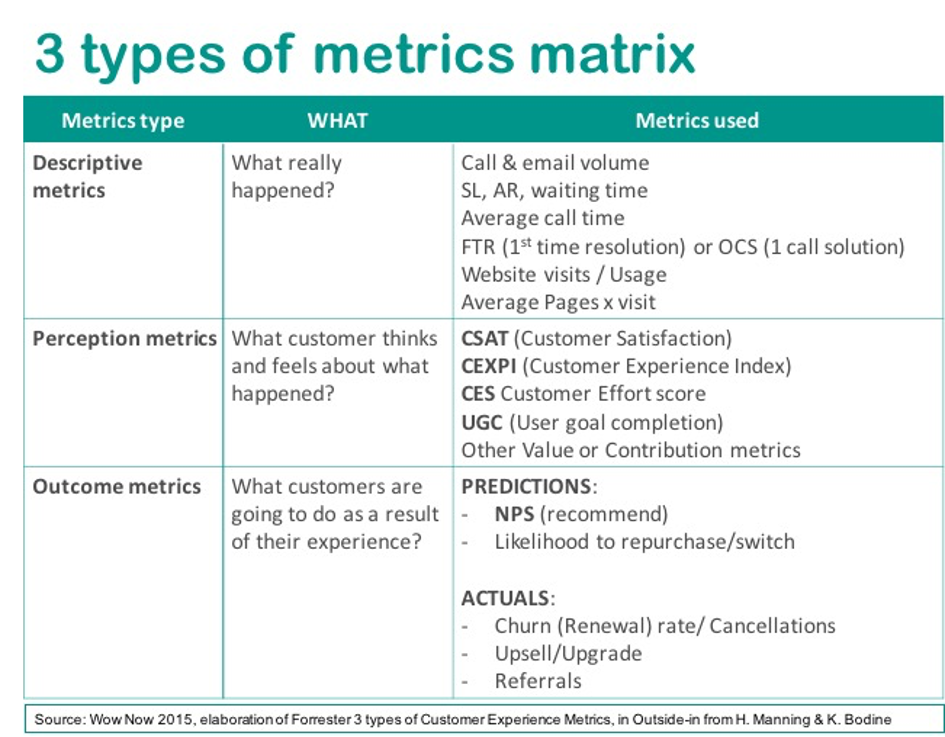
The key metrics that are most often used are NPS (Net Promoter Score), CSAT (Customer Satisfaction) and CES (Customer Effort Score). There are numerous other metrics to use (ACSI -American Customer Satisfaction Index -, Temkin Group CX Index, Forrester CXI, etc…), so pick one that’s suitable for what you want to measure and how you want it presented internally to drive change.
3. Collect your data. Make sure you ask the right customers the right questions at the right time.
4. Analyse your data. It depends on what metric you used, what you are measuring exactly and how you are analysing it. But make sure you interpret the data in the right way!
5. Share your data with the people who need to know and make sure the data is applicable to the various groups.
- Segment your NPS scores by different silos. Give the contact centre their specific NPS with a focus on coaching and process improvement and present your sales-specific NPS to the sales team. In their report, you focus on up- and cross selling.
- Use methodologies such as storytelling and gamification to increase engagement and make the sharing fun and memorable, like in Nationale-Nederlanden best practice example.
Keep your measurements alive
After you have taken all the above steps, you have set up your measurement system and identified your baseline. You can now work on this to improve in following the close loop system which was covered during the CX Masterclass during discipline #3 Customer Experience Design & Improvement and you can work towards building all the blocks and competencies areas of an NPS/VOC Program.
Always keep in mind that the numbers are not the key focus. You need to listen to and focus on the stories behind the numbers, which are usually provided in the free text spaces. What are the key insights customers are giving you as feedback in the comments? Which patterns do you see? Which concrete actions can you take to improve either the experience you are delivering or the perception your customers have of the experience? Continue to measure and always take the appropriate action to improve your processes to increase the happiness of the customer, not just the metrics.
Return on Investment (ROI) in Customer Experience
Whenever any change in an organization is proposed, the first question the C-suite will ask is “how much will it cost and what is the return on investment?”. This is a very legitimate question, especially in relation to something as abstract as Customer Experience. You need to make a steady business case that will win over any sceptical decision maker, starting by choosing what to focus on.
So how do you prove the ROI of CX?
- Focus on one CX project/element at the time (i.e. ROI of VOC Program, ROI of Self-Service)
- Focus on 3-5 elements within two big “returns” areas
- >> REVENUE GROWTH
- >> COSTS SAVINGS
Some examples of items you can take into account when calculating ROI of your CX projects are:
- Increase revenue
- Repeat purchases
- Better cross-sells
- Reduced churn/ Increased retention
2. Decrease costs
- Fewer complaints (which cost a lot of money to resolve)
- Reduced staff turnover and sickness
- Increased productivity
Once you have your business case, you need to present it to the board! How?
According to Forrester, effective business cases appeal to executives on 3 levels:
1. LOGIC: The rational justification for investing
- Calculate how collecting, analysing, and acting on customer feedback has demonstrated at least one type of financial benefit.
- Get help of your CFO’s office for financial metrics and models
2. AUTHORITY: Why they should believe you
- Assemble a portfolio of past successes — even if they’ve been small.
- Get stakeholders to help make the case.
- Plug your results shamelessly.
3. EMOTION: The “gut feel” factor
- Assemble customer verbatim from unstructured survey questions, customer panels, or social media that demonstrate pain points in the experience today.
- Analyse the feedback for common themes – and pull out the quotes that are the most colourful.
- Support verbatim with employee feedback that captures the problem.
Depending on the composition of your board, you need to decide which mix of these levels is best: do you need a logical approach to win over the C-level by presenting the numbers, or an approach based on your authority to convince them why they should trust in your judgment, or an emotional approach to appeal to the gut feeling? When you’ve done your homework well, there will be no argument about the reason why customer satisfaction should be a key focus in everyone’s day-to-day business.
Join the conversation & let’s learn from each other
What about you? Do you have a measurement framework in place? Which of the 3 metrics type we present in this post do you use? What are your best tips and challenges when it comes to proving ROI of Customer Experience? Share it with us in the comments.
Want to grow your Customer Experience competences?
These are only some of the highlights Milou took away from attending the Customer Experience Masterclass. Would you like to know more? Click here for more information.
Customer Experience Framework and complete list of blog posts in this series
This post is part of a wider series about all the 6 CX disciplines that represent the CXPA Framework around which the CCXP exam is structured and that we cover in the CX Masterclass.
Find here the complete list of the other posts in this series:
1. CX Strategy
2. Customer Understanding
3. Design, Improvement and Innovation
4. Measurement (this one)
5. Governance
6. Culture
About this series
This post was originally posted on Wow Now and is part of the CX Framework series by Rosaria Cirillo and Nienke Bloem.
The foundations for these blogposts are written by Milou van Kerkhof following the June 2017 CX Masterclass given by Nienke Bloem and Rosaria Cirillo. Milou attended this as a newcomer in Customer Experience. These blogposts have been slightly edited and reflect only the highlights of the content of each module
*****
Nienke Bloem is often called the Customer Experience speaker in the blue dress.
She’s a global CX thought leader, educator and a global keynote speaker who inspires audiences with best practices and proven methodologies. She leads a speaking practice, a CX game company and a training business; she breathes Customer Experiences and is author of two CX books.
Her two-day Customer Experience Masterclass is known as the best program to prepare for your CCXP and she is the go-to person voor CX leaders who want to advance their leadership and bring direct results from their Customer Experience transformation programs. Since 2020, she hosts a CX Leadership Masterminds program and helps leaders spice up their leadership and deliver an engaging CX Story including a solid CX Strategy. Besides, she is a modern-day pilgrim and found the parallel with leading customer centric transformations.
With her over 20 years corporate experience, she speaks the business language. Her keynotes and education programs in Customer Experience are inspiring and hands-on. She is one of the few Recognized Training Partners of the CXPA and it is her mission to Make Customer Experience Work and help you deliver business results.


